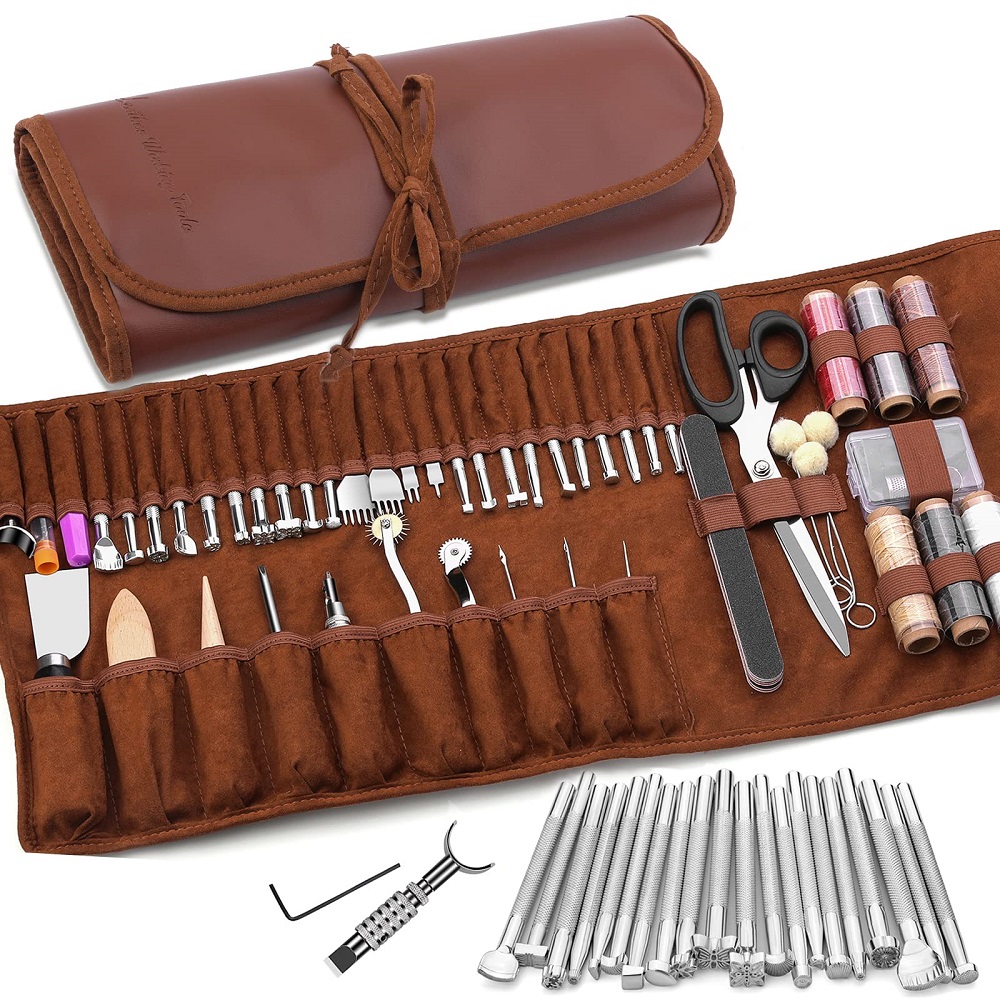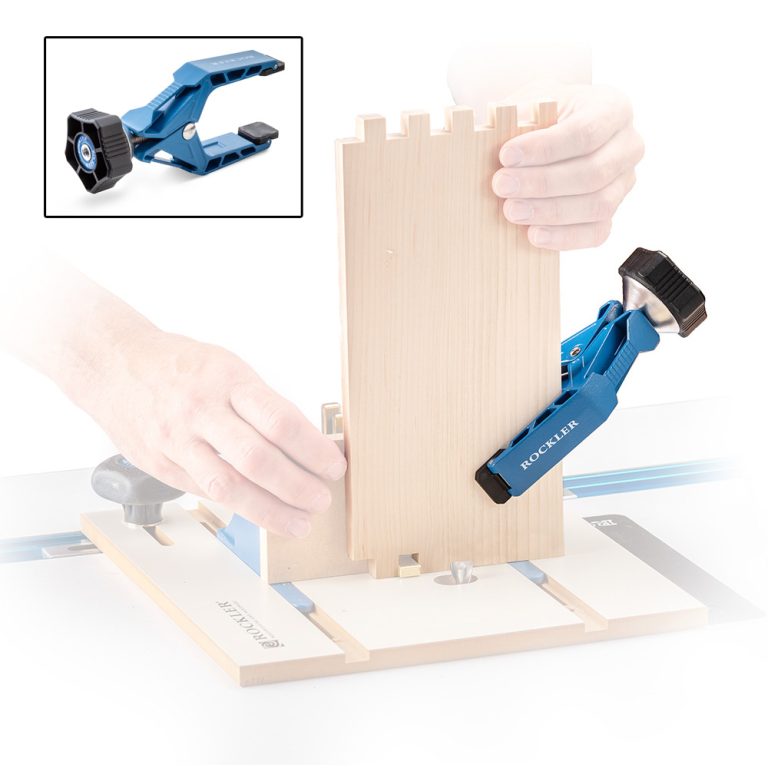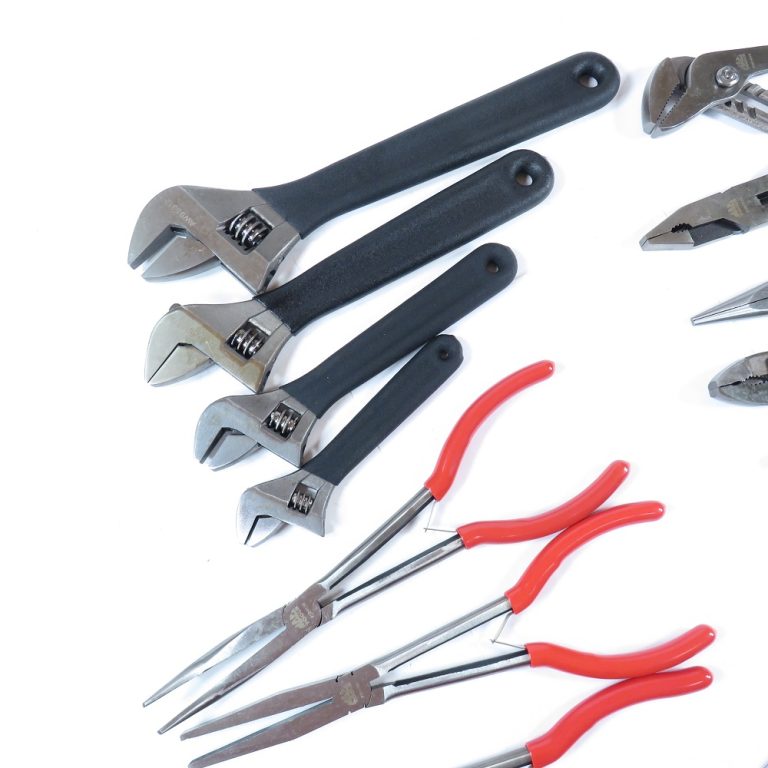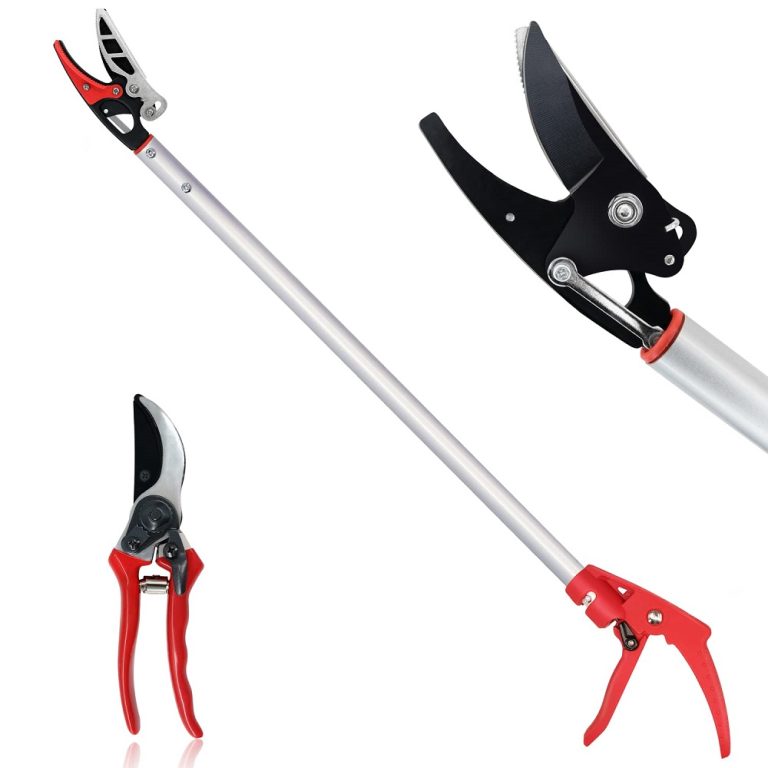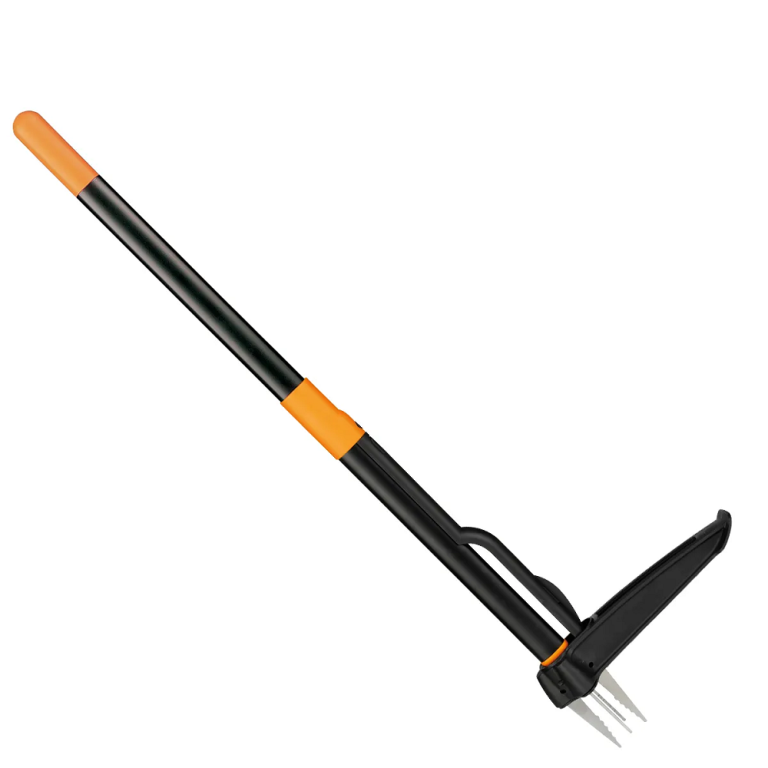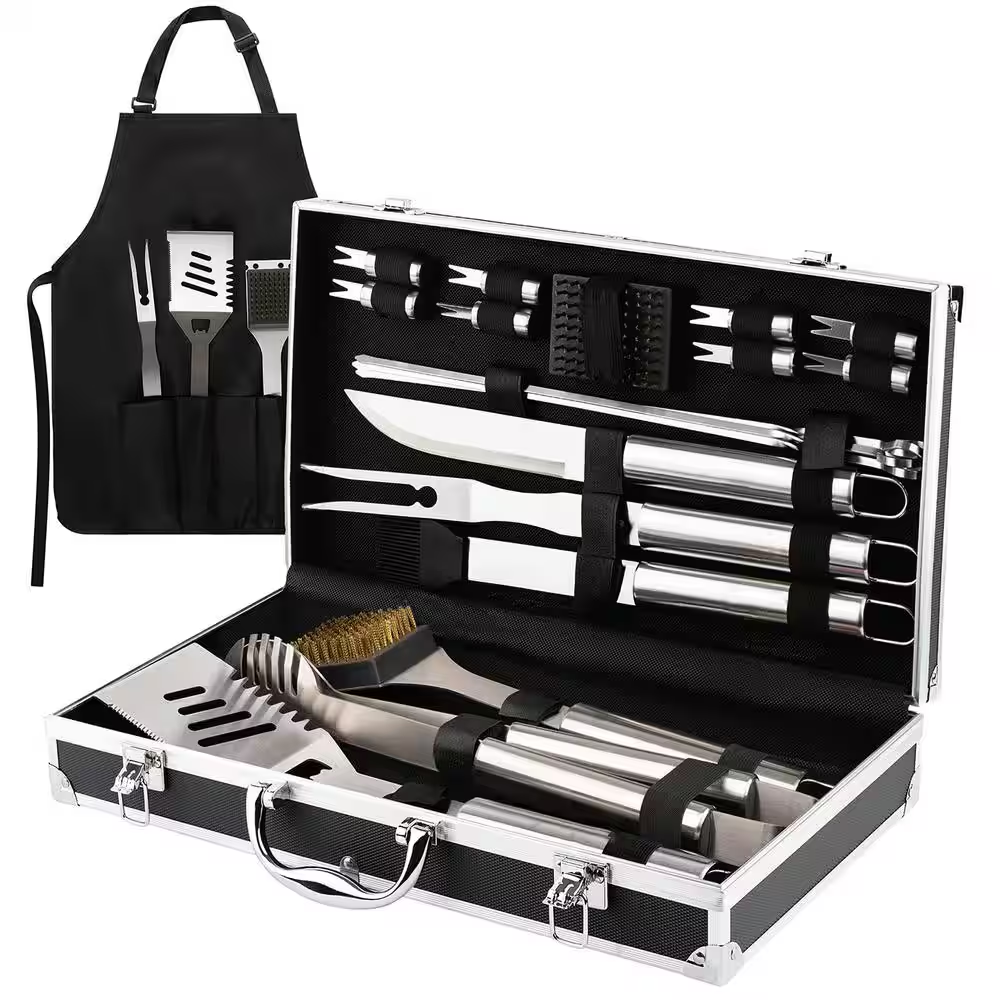Introduction to Leatherworking
Leatherworking is an age-old craft used to create durable and stylish items. It involves cutting, shaping, stitching, and finishing leather tools to make products like wallets, belts, and bags. This craft blends creativity with functionality, making it both practical and artistic.
Beginners in leatherworking often find it rewarding to start with simple projects. Learning basic techniques helps build confidence and skills. Over time, you can tackle more complex designs and create custom items.
Leatherworking requires specific tools for precise and efficient work. Choosing the right tools is crucial for success. With the right tools and techniques, you can turn raw leather into beautiful, long-lasting creations.
This guide will introduce you to essential leather tools and their uses. It will also provide advice on choosing leather, maintaining tools, and expanding your toolkit. Let’s dive into the exciting journey of leatherworking!
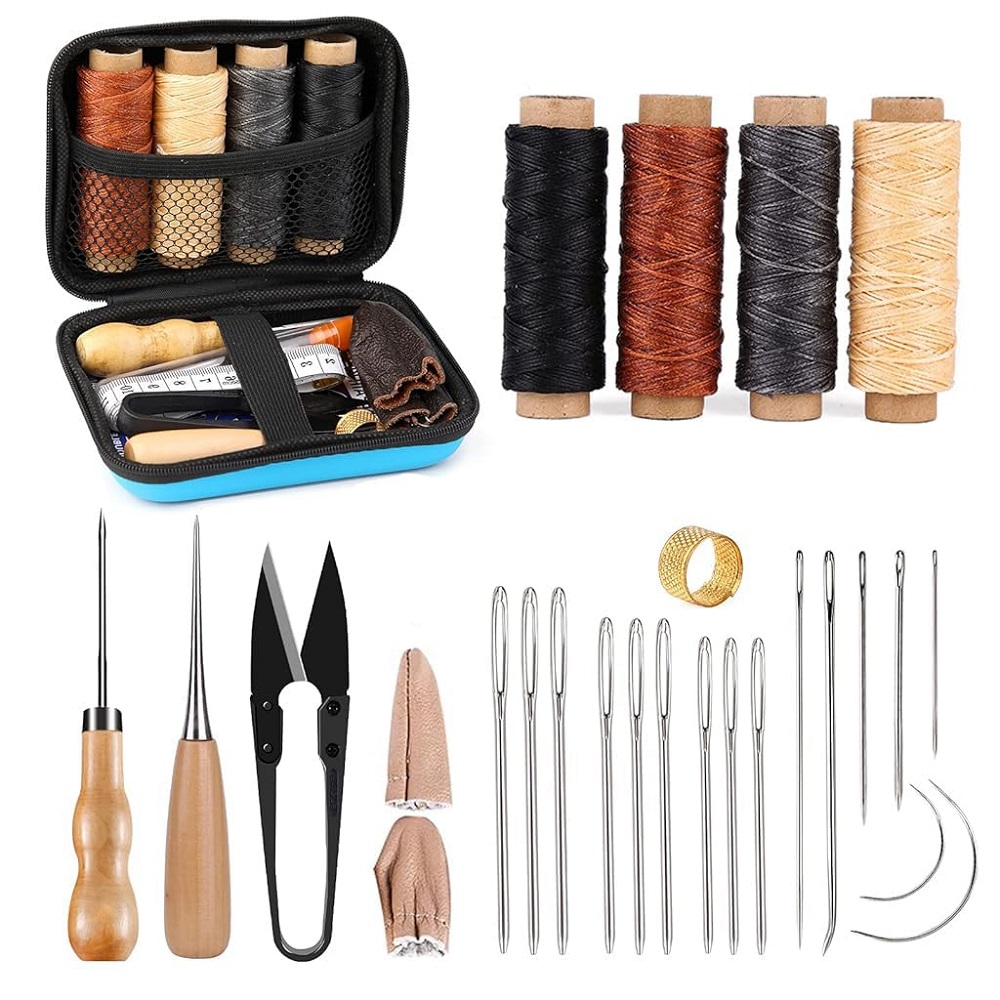
Basic Leather Tools Every Beginner Needs
Starting leatherworking requires mastering key tools. Each tool serves a specific purpose, making work easier.
Cutting Tools
Cutting tools are vital in leatherworking. They help shape and resize leather pieces effectively.
- Utility Knife: This versatile tool makes precise cuts and trims leather edges easily.
- Rotary Cutter: This circular blade tool is excellent for cutting through thick leather sheets.
- Leather Shears: Special scissors designed for cutting thinner leather with minimal effort.
- Edge Beveler: This tool smooths and rounds leather edges for a clean finish.
Stitching Tools
Stitching tools assist in joining pieces of leather together. They ensure strong bonds and neat finishes.
- Awl: Use this pointed tool to make small holes for stitching leather.
- Pricking Irons: These help create evenly spaced holes for stitches.
- Needles: Leatherwork needles are thicker and sharper for piercing durable leather.
- Thread: Waxed thread offers durability and smooth stitching with easier handling.
Finishing Tools
Finishing tools enhance your leather projects for polished, professional results.
- Burnisher: This tool smooths leather edges and gives a shiny finish.
- Edge Dye: Adds color to edges for a refined appearance.
- Leather Conditioner: Protects and softens leather, improving its longevity.
- Skiving Knife: Thin out leather layers for a sleeker look or flexibility.
These essential leather tools help beginners get started seamlessly. Invest in quality tools for better craftsmanship.
Choosing the Right Leather for Your Projects
Selecting the right leather is key to successful leatherworking projects. The type of leather you choose impacts the look, durability, and functionality of your creations. Here are several factors to consider when choosing leather.
Types of Leather
- Full-Grain Leather: This is the highest quality leather. It retains the natural grain, making it strong and durable. Ideal for premium projects like belts and wallets.
- Top-Grain Leather: Slightly refined, this leather is smooth and flexible. It’s great for bags and accessories.
- Genuine Leather: This is a budget-friendly option but less durable. Suitable for beginner practice pieces.
- Suede: Soft and textured, it’s perfect for projects requiring a unique appearance.
- Synthetic Leather: A non-animal alternative, often used for experimental or vegan-friendly designs.
Leather Thickness
The thickness of leather, measured in ounces, plays a major role in its use.
- 3 to 4 oz leather: Lightweight and flexible, suitable for small items like wallets.
- 5 to 6 oz leather: A medium thickness, ideal for bags and journals.
- 8 to 10 oz leather: Heavyweight, best for belts and sturdy straps.
Leather Finishes
- Aniline Finish: A natural look but requires care as it’s prone to scratches.
- Semi-Aniline Finish: Offers more protection while maintaining a natural appearance.
- Pigmented Finish: Highly durable and resistant to wear, perfect for functional items.
Checking Leather Quality
- Smell: High-quality leather has a rich, natural smell.
- Texture: Poor-quality leather feels thin, while good leather feels firm and smooth.
- Flexibility: Check if the leather bends without cracking or splitting.
Project Needs
Think about the end purpose of your project. For everyday items, choose durable leather. For decorative items, prioritize aesthetics over durability.
With the right selection, your leatherworking projects can look professional and last long. Always consider quality, thickness, and finish before starting any creation.
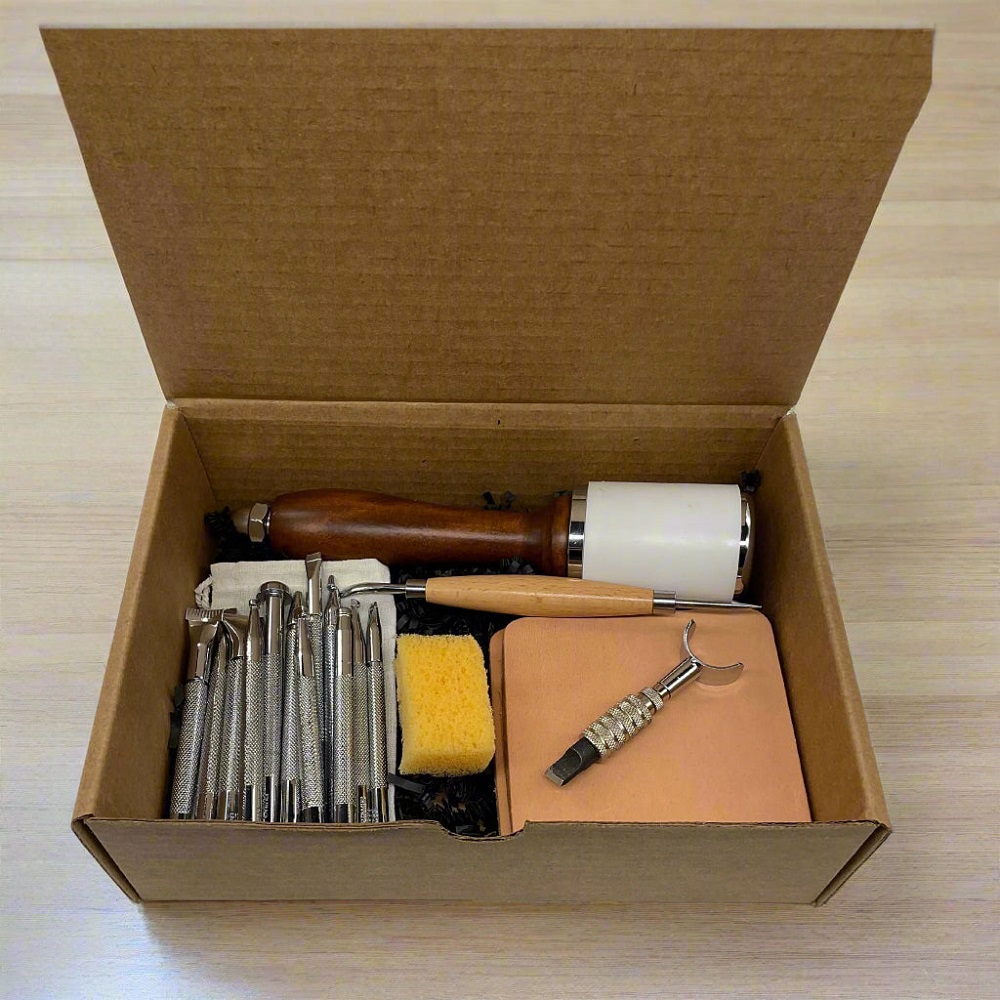
Important Safety Tips for Leatherworking
Leatherworking is rewarding but requires proper safety precautions. Handling sharp tools and leather materials can pose risks. Following these safety tips will ensure a safe and enjoyable experience.
Wear Proper Protective Gear
- Gloves: Protect your hands while cutting or working with chemicals.
- Safety Glasses: Prevent eye injuries from flying debris or accidental sprays.
- Apron: Wear a leather or canvas apron to safeguard your body.
Handle Sharp Tools with Care
- Keep Tools Sharp: Dull tools are harder to use and may cause accidents.
- Cut Away from Yourself: Always change blade direction if cutting toward your body.
- Store Tools Safely: Organize tools in a secure box when not in use.
Maintain a Clean Workspace
- Keep Your Work Area Tidied: Reduce clutter to avoid accidents or spills.
- Good Lighting: Ensure your workspace is well-lit for better accuracy.
- Dispose of Waste Properly: Use bins to collect scraps and reduce hazards.
Use Chemicals Responsibly
- Ventilated Workspace: Work in areas with proper air circulation when using conditioners or dyes.
- Read Instructions: Follow product guidelines to prevent misuse.
- Keep Chemicals Away from Children or Pets: Store all products securely to avoid exposure.
Take Breaks and Stay Focused
- Rest Periods: Break frequently to avoid fatigue and maintain focus.
- Avoid Distractions: Stay focused to prevent injuries.
- Be Mindful During Stress: Pause your work when feeling overwhelmed.
Safety must always come first in leatherworking. By following these tips, you can minimize risks and enjoy crafting. A safe workspace leads to beautiful and long-lasting creations.
Tool Maintenance and Care
Proper care for your leather tools ensures they last longer and remain effective. Following a consistent maintenance routine helps keep your tools in good shape. Here are essential tips for maintaining leatherworking tools:
Cleaning Tools Regularly
- Wipe After Each Use: Use a dry cloth to remove leather residue and dust.
- Use Mild Cleaners: For stubborn grime, apply a gentle cleaner sparingly.
- Avoid Water Damage: Water may rust or weaken tools. Dry them immediately if exposed.
Sharpening Cutting Tools
- Maintain Sharpness: Keep knives and shears sharp for precise cuts.
- Use Sharpening Stones: Regularly sharpen blades using fine stones or tools.
- Check for Dullness: Replace or restore blades when cutting becomes difficult.
Protecting Metal Tools
- Prevent Rust: Apply oil to metal tools to keep moisture away.
- Store Properly: Use airtight containers or add silica gel packets to absorb humidity.
- Inspect Tools Often: Check for signs of corrosion and treat immediately.
Caring for Wooden Handles
- Apply Wood Wax: Wax helps to maintain grip and prevents wood from drying out.
- Smooth Rough Areas: Sand any splintering for a safe and comfortable hold.
- Keep Away from Heat: Avoid exposing wooden tools to direct sunlight or extreme temperatures.
Organizing Your Tools
- Use a Dedicated Box: Store tools neatly in a sturdy toolbox.
- Label Tools: Add labels for easy identification and better organization.
- Hang Tools Safely: Use hooks to hang larger tools in your workspace.
Routine Checks
- Inspect Tools Monthly: Look for wear, cracks, or loose parts regularly.
- Replace Damaged Tools: Remove faulty tools to avoid accidents or poor results.
- Test Before Use: Confirm tools work well before starting your projects.
Taking care of leather tools helps maintain their quality, safety, and performance. Regular maintenance will save time and money in the long run.
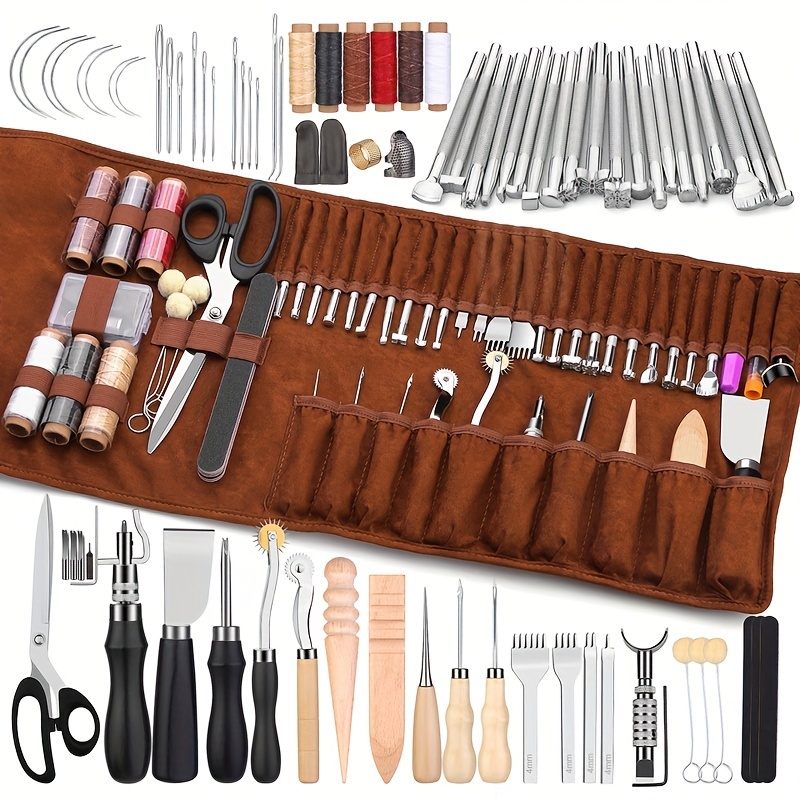
Budget-Friendly Tips for New Leatherworkers
Leatherworking can be affordable with the right approach. Starting out doesn’t have to be expensive. Here are practical ways to save money while pursuing this craft.
Start with Basic Tools
- Choose Essential Tools: Begin with must-have tools like utility knives, needles, and thread.
- Avoid Kits Initially: Some kits include unnecessary items; buy tools individually for flexibility.
- Borrow or Share: Share tools with friends or borrow to reduce upfront costs.
Shop Smart for Leather
- Use Scrap Leather: Buy offcuts or scraps from leather shops for smaller projects.
- Start with Cheaper Leather: Practice with genuine or synthetic leather before upgrading to full-grain options.
- Buy in Bulk: For larger projects, bulk purchasing reduces costs per piece.
Repurpose Items and Tools
- Use Household Items: Common items like rulers or pencils can serve as temporary substitutes.
- DIY Tools: Make your own burnishers or thread holders with simple materials.
- Repair Old Tools: Revive worn tools instead of buying new.
Check Online Resources
- Watch Tutorials: Learn techniques online to avoid spending on classes.
- Join Forums: Exchange tips and tricks with experienced leatherworkers.
- Hunt for Discounts: Look for sales on tools and supplies.
Track Your Budget
- Plan Projects: List materials and costs before starting each project.
- Re-use Scrap Pieces: Save leftover leather for future use.
- Buy Gradually: Add to your collection over time as needs grow.
Being mindful of your spending can make leatherworking more enjoyable and accessible. Simple strategies can save money while still enabling you to create great projects.
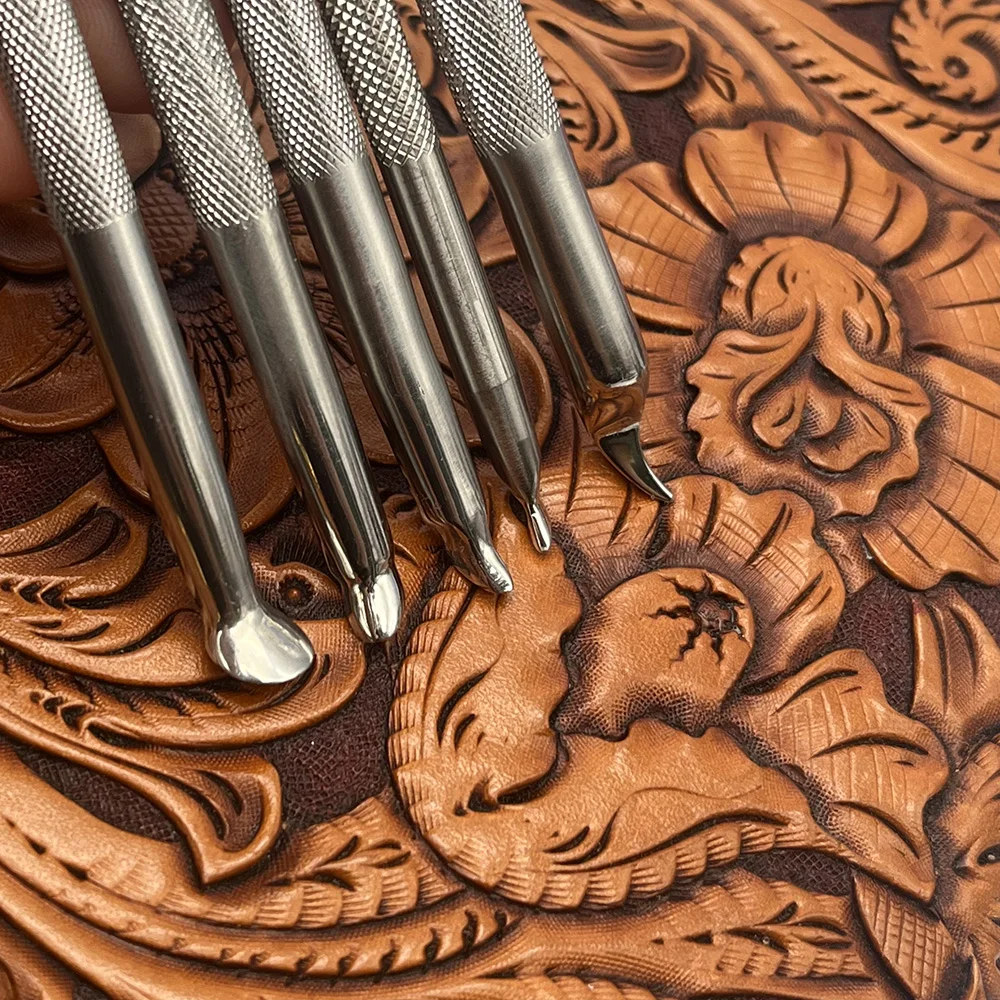
Expanding Your Toolkit as You Progress
As your leatherworking skills improve, your toolkit should grow to match your ambitions. Advanced tools can open up new creative opportunities and make intricate projects easier. Here’s how to expand your toolkit effectively:
Assess Your Current Tools and Needs
- Evaluate What You Use Frequently: Identify the tools you rely on most to spot limitations.
- Identify Project Goals: Think about the types of designs you want to create next.
- Address Challenges: Add tools that solve current difficulties, like uneven stitching or rough edges.
Advanced Cutting Tools
- Strap Cutter: Essential for cutting consistent-width leather straps for belts and handles.
- Leather Cutting Dies: Useful for precision cutting in intricate or repeated patterns.
- Clicker Press: Speeds up die cutting, especially for batch projects.
Specialized Stitching Tools
- Sewing Awl: Perfect for stitching thick leather quickly and neatly.
- Electric Sewing Machine for Leather: Great for large projects that require quick stitching.
- Stitch Groover: Creates channels for stitching, protecting thread from wear over time.
Creative Finishing Tools
- Embossing Tools: Add decorative patterns or logos to your creations.
- Stamping Tools: Personalize your items with initials, symbols, or designs.
- Edge Creaser: Creates decorative grooves for a more professional finish.
Tool Upgrades and Additions
- High-Quality Utility Knives: Invest in durable, high-performance blades for precision and comfort.
- Adjustable Edge Beveler: Designed for smooth, refined edges at variable settings.
- Specialty Dyes and Paints: Experiment with a wider color palette for more creative control.
Organizing and Maintaining an Expanded Toolkit
- Tool Roll or Bag: Keep everything organized and portable as your collection grows.
- Dedicated Workspace: Set up a bigger or more functional area for your tools and materials.
- Regular Maintenance: Continue sharpening, oiling, and inspecting your expanded collection.
Expanding your toolkit as you progress enhances your capabilities and creative options. Focus on quality tools that align with your growing skills and project aspirations. With each addition, your leatherwork can become more intricate and professional.

Where to Buy Leather Tools and Supplies
Finding quality leather tools and supplies is crucial for successful leatherworking projects. Beginners and experienced crafters alike need reliable sources. Here are the best places to shop for your leatherworking essentials:
Local Craft and Leather Stores
- Specialty Leather Shops: These stores often offer a wide range of tools and leather. You can find high-quality and hard-to-get items here. Staff can also give personalized advice and recommendations.
- Craft Supply Stores: General craft stores like Michaels or Hobby Lobby provide basic tools and starter kits. These are a good choice for beginners looking for affordable options.
- Second-Hand Shops: Check thrift stores for used tools and leather supplies at a lower cost. They’re great for finding unique or vintage items.
Online Retailers
- Amazon and eBay: These platforms offer vast selections of leather tools, often with user reviews. They’re convenient for browsing and comparing prices.
- Specialized Websites: Shops like Tandy Leather and Weaver Leather provide high-quality tools and materials. Many of these sites also offer tutorials and kits.
- Etsy: Find unique handmade tools and supplies from small businesses or individual sellers.
Buying Leather
- Leather Tanneries: Purchase directly from tanneries for premium quality and better prices on bulk leather.
- Scrap Leather Sellers: Look for suppliers who sell leftover pieces, perfect for small projects and practice.
- Fabric Stores: Some carry synthetic leather or smaller leather pieces at affordable prices.
Community and Networking Sources
- Leatherworking Groups: Join local clubs or online forums where members share tools and supplier tips.
- Workshops and Classes: Some workshops offer discounts or access to nearby suppliers.
- Social Media: Use hashtags or groups to learn about recommended suppliers and exclusive deals.
Tips for Buying Tools and Supplies
- Read Reviews: Research user feedback to ensure quality products.
- Compare Prices: Don’t compromise quality for a cheaper price.
- Buy in Bulk: Save money by purchasing materials in larger quantities.
- Test in Person: When possible, visit stores to check the tools’ quality and feel.
Having the right leather tools and supplies is key to crafting well. Explore multiple sources to find the best fit for your needs.
